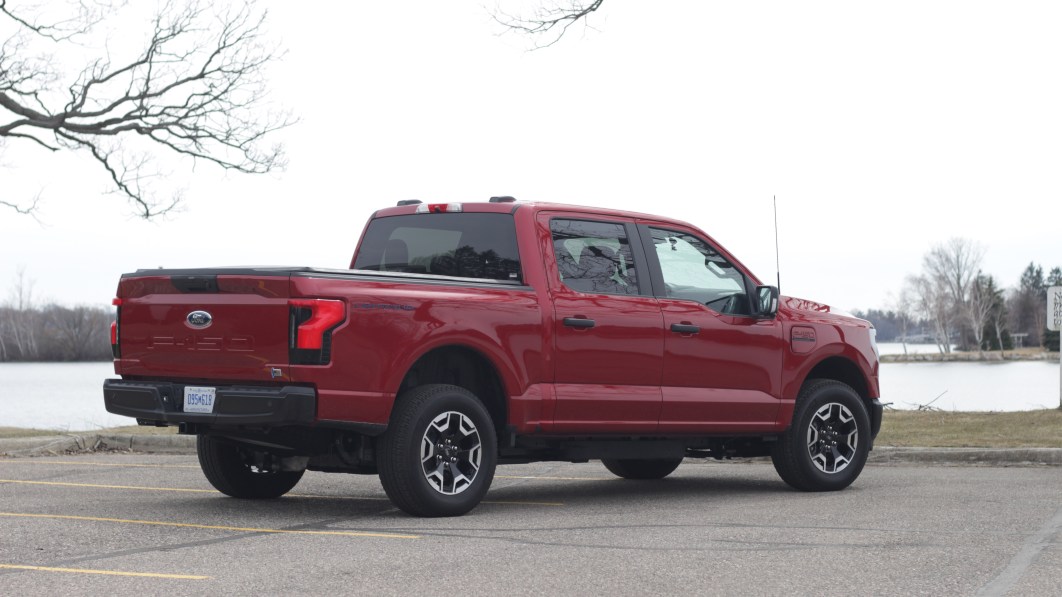Gas engines have been around long enough for everyone to figure out that towing and hauling heavy loads
’s new study on the effects of payload on electric driving range helps clear up some of the mystery.The organization got its hands on a 2022 Ford F-150 Lightning for testing and set out to answer two questions:
- How does road load force for the loaded test condition compare to the unloaded condition?
- How are driving range and efficiency affected by the added payload?
AAA defines road load force as “the force acting on a vehicle moving along a road surface in opposition to the direction of its velocity, which has the effect of slowing the vehicle.” It might help to think of this in terms of aero drag, road surface friction, and mechanical friction. The organization uses another term, road load curve, to describe road load force as a function of vehicle speed.
The research found that a 1,400-pound load exerted 33.1 percent more force to the truck than the road load curve used by the EPA for EV certification. Interestingly, the unloaded truck had 5.6 percent more force. Similarly, AAA found that the F-150 Lightning
was 6.1 percent less efficient when unloaded than the EPA’s estimates, returning 62 MPGe instead of the EPA’s 66 MPGe. Loading the pickup resulted in a dip to 47 MPGe, which is 24.2 percent below the base estimated fuel economy.
Range also took a hit. The EPA estimates a 300-mile driving range for the Lightning model used in the tests. AAA only managed 278 miles with an unloaded truck and 210 miles with a 1,400-pound load. The loaded range findings were 24.5 percent lower than the unloaded pickup and a whopping 30 percent lower than the EPA’s estimates.
Of course, the same has long been true for gas fuel economy, as some vehicles require hypermiling
